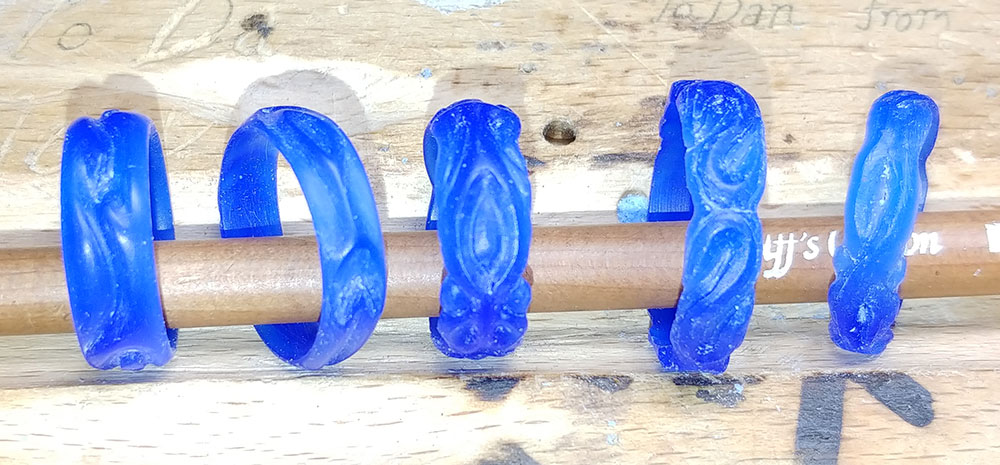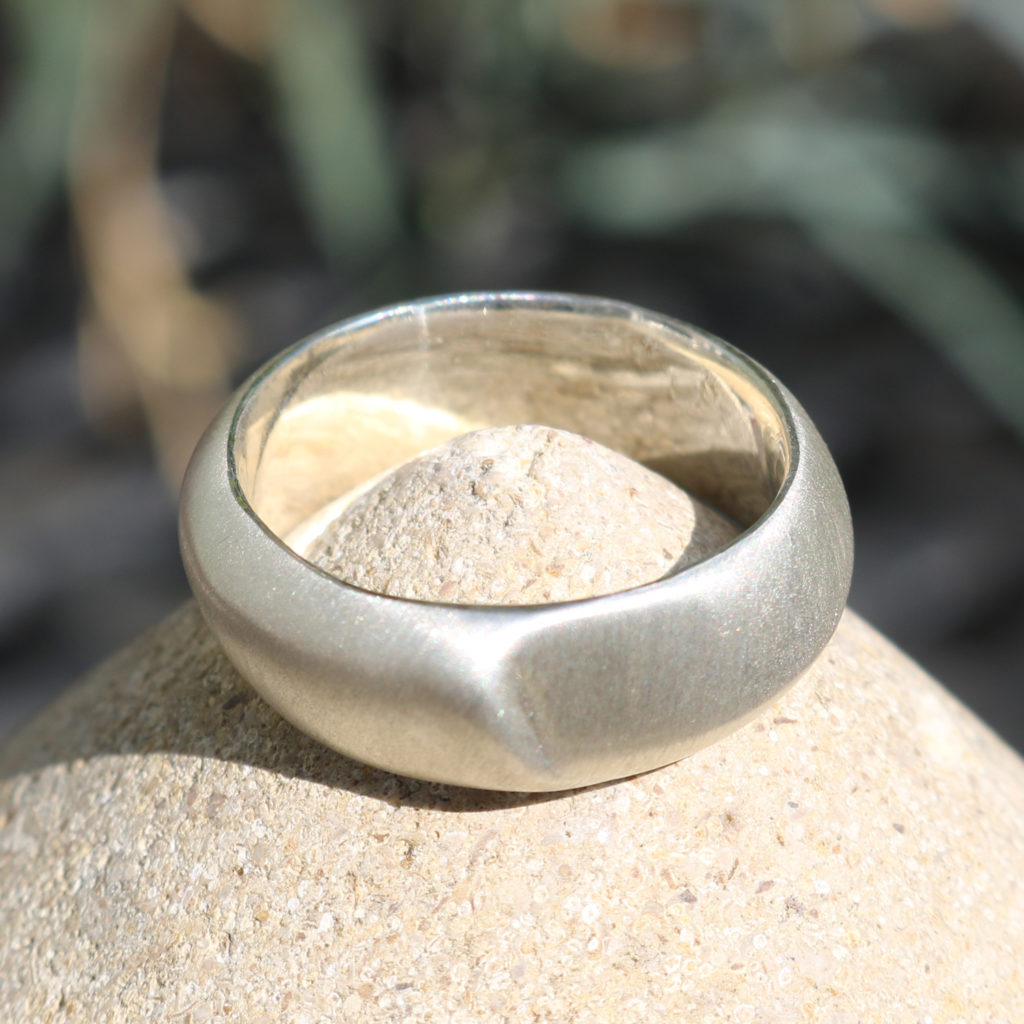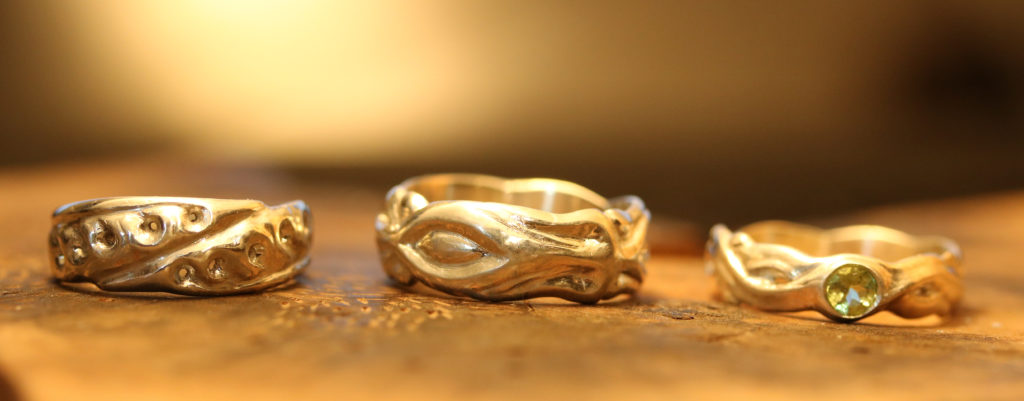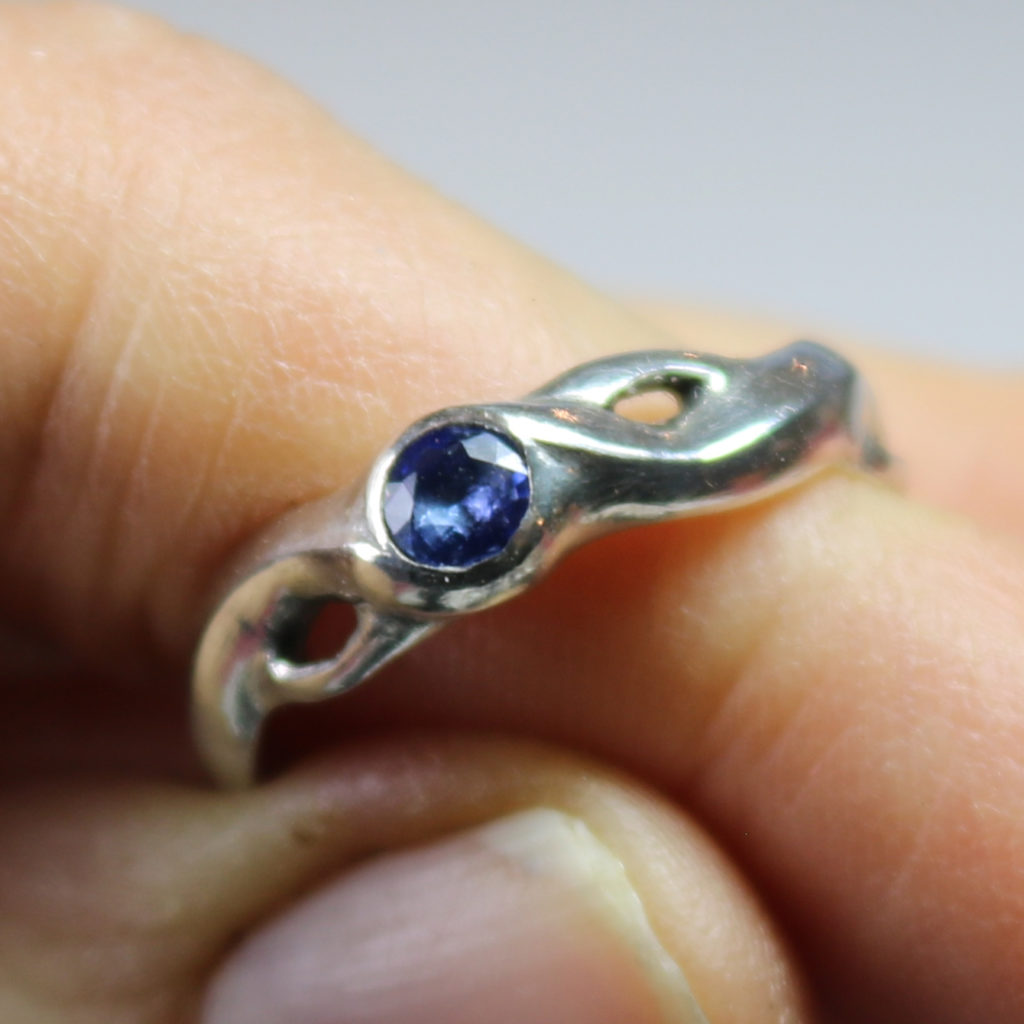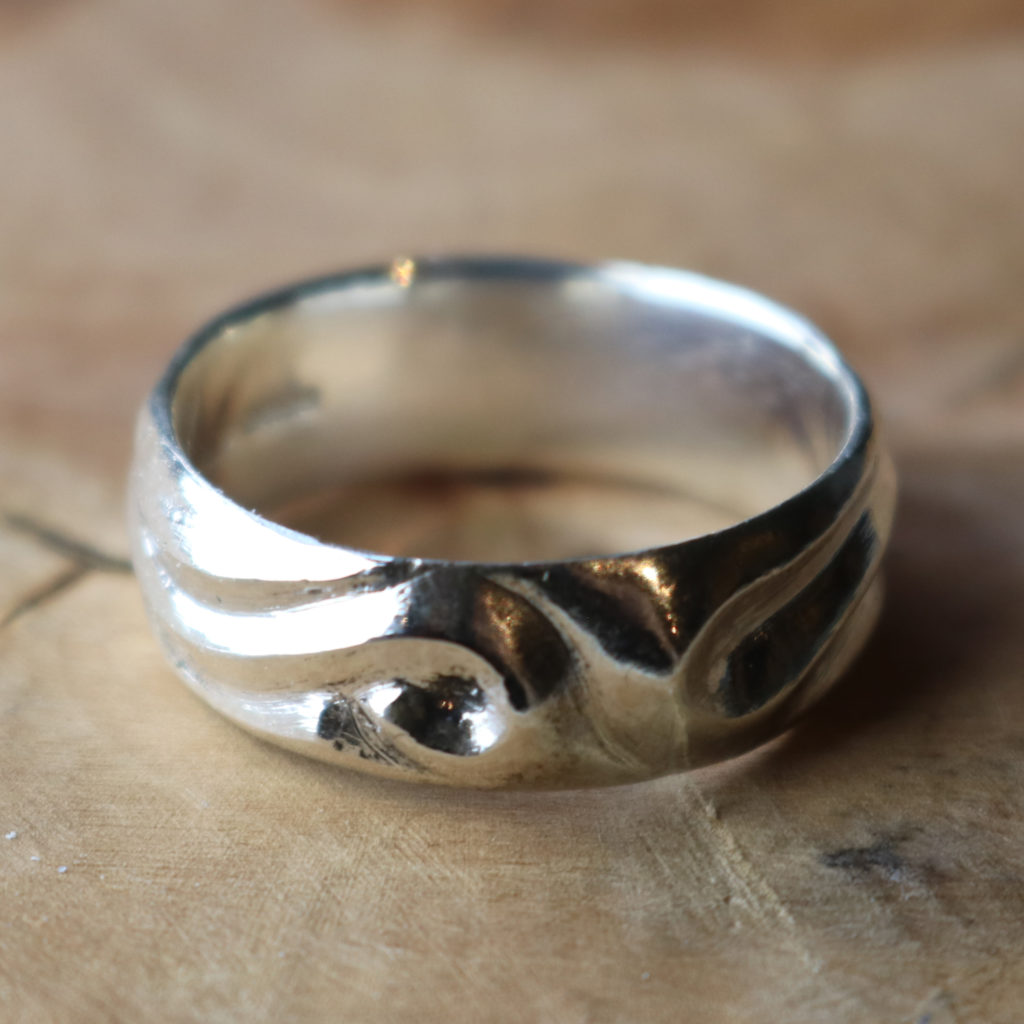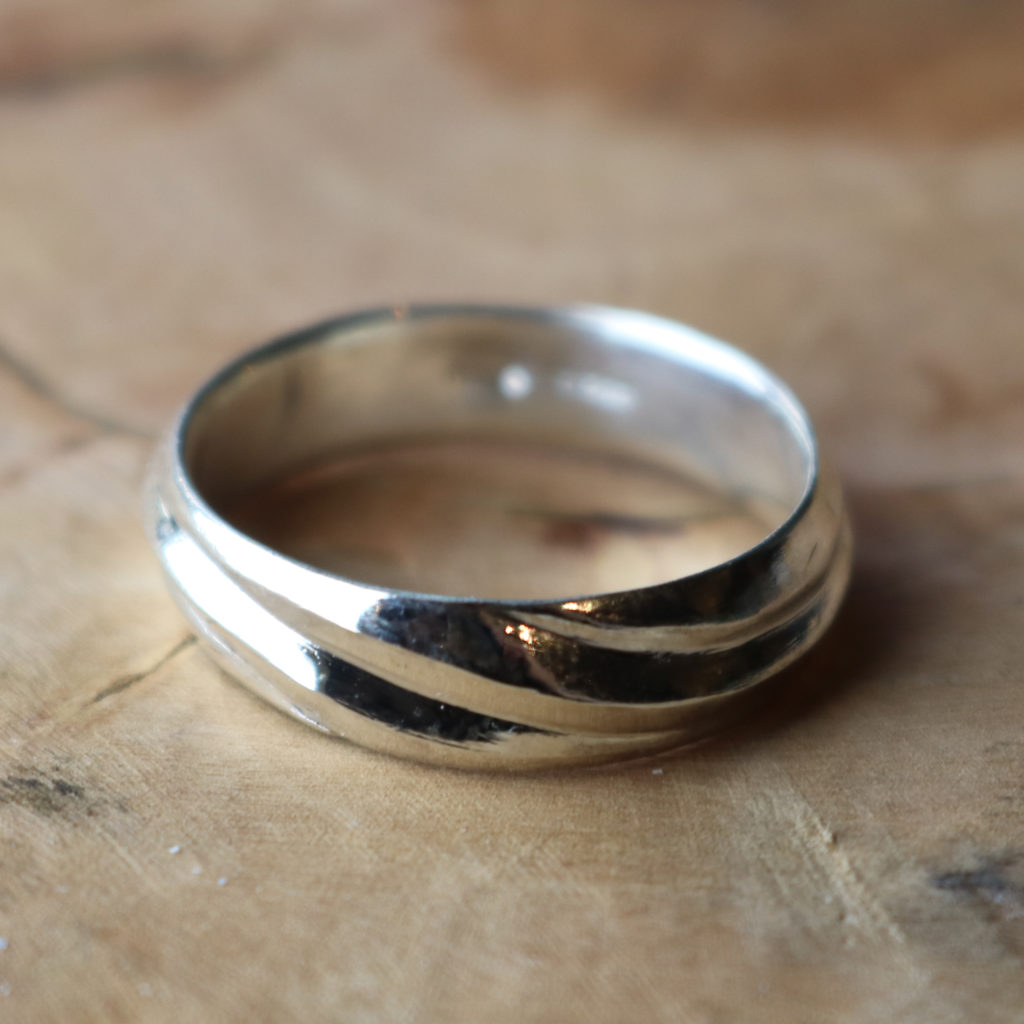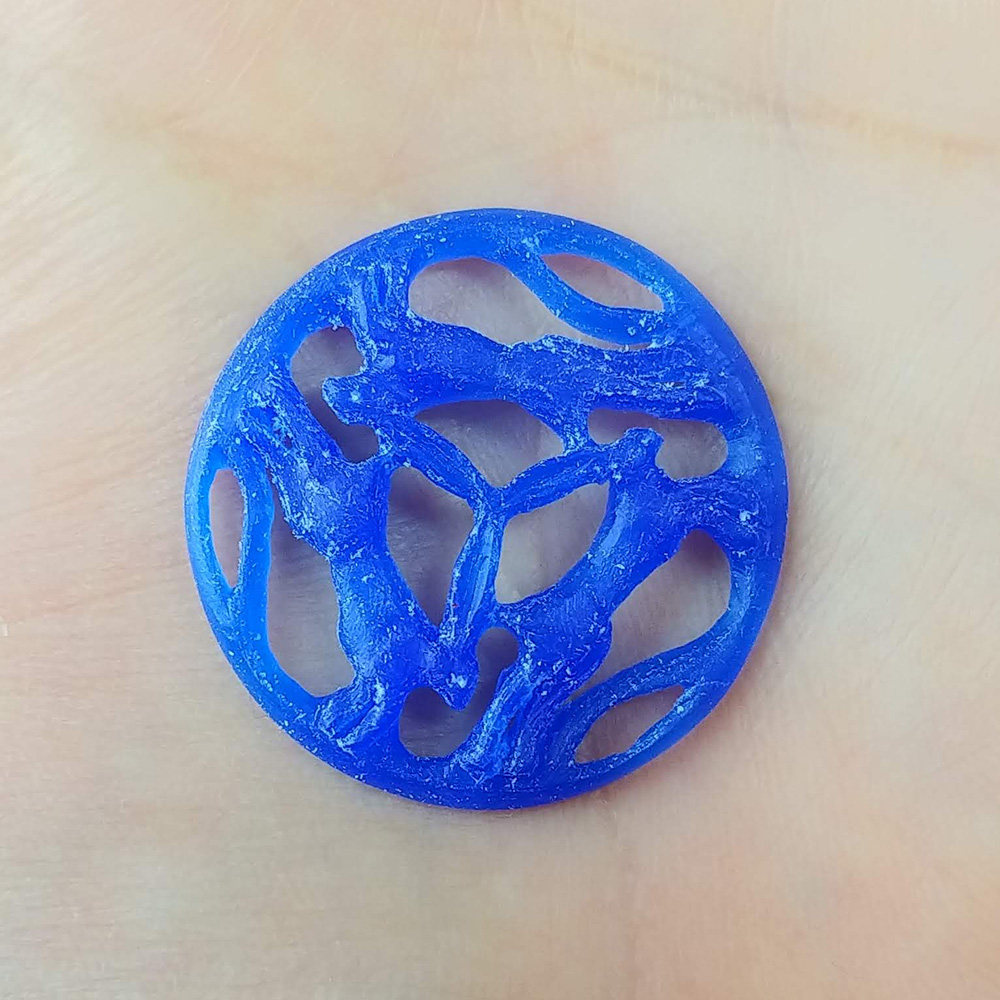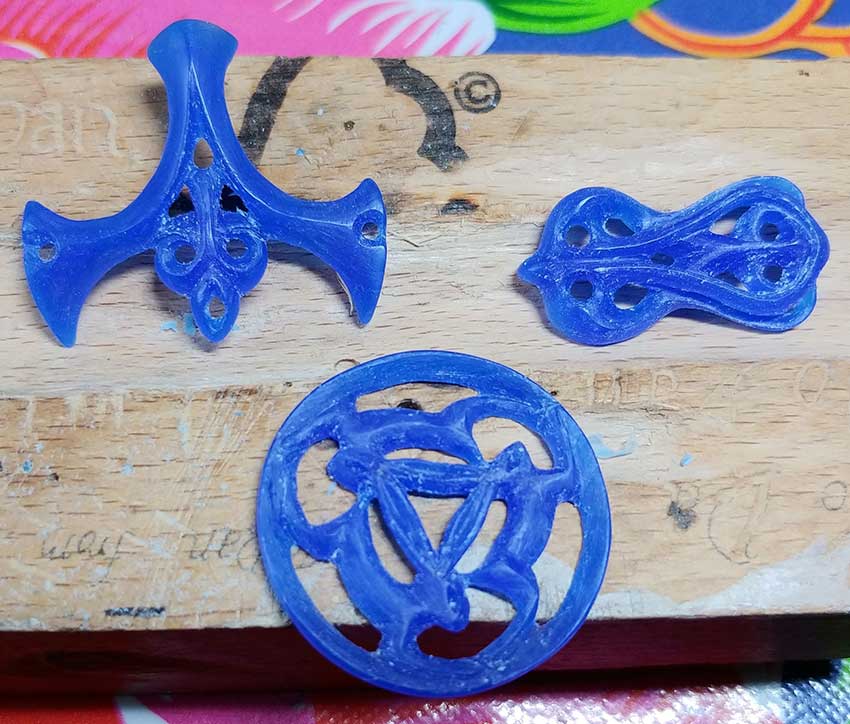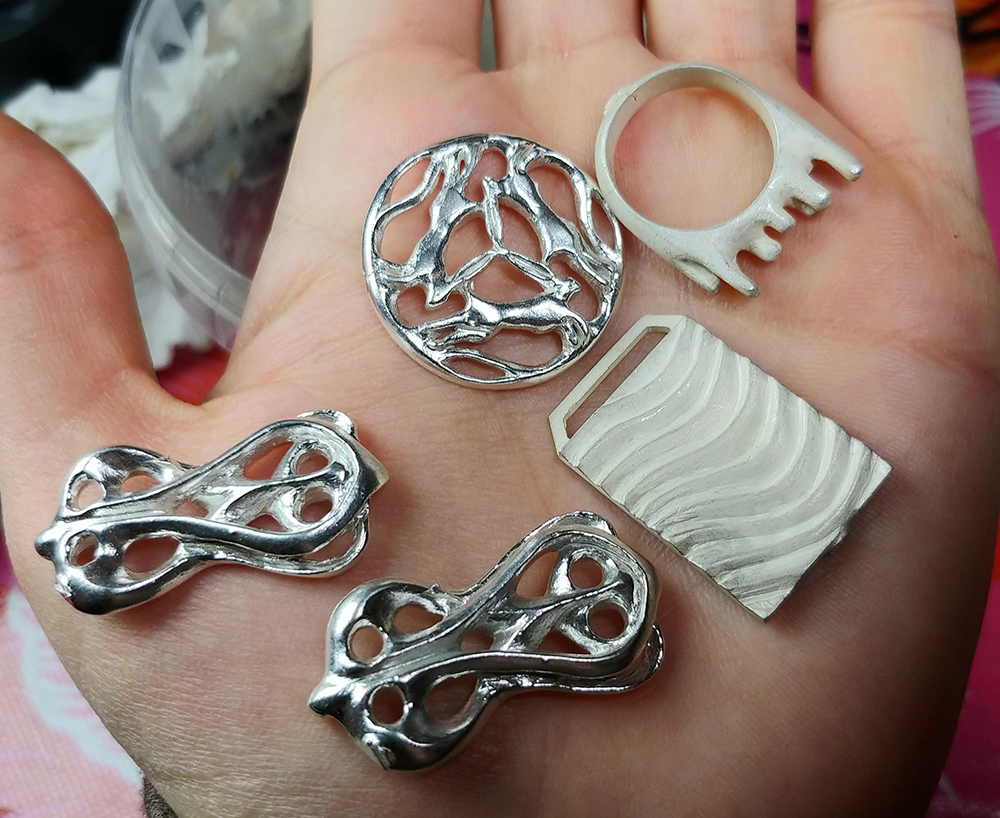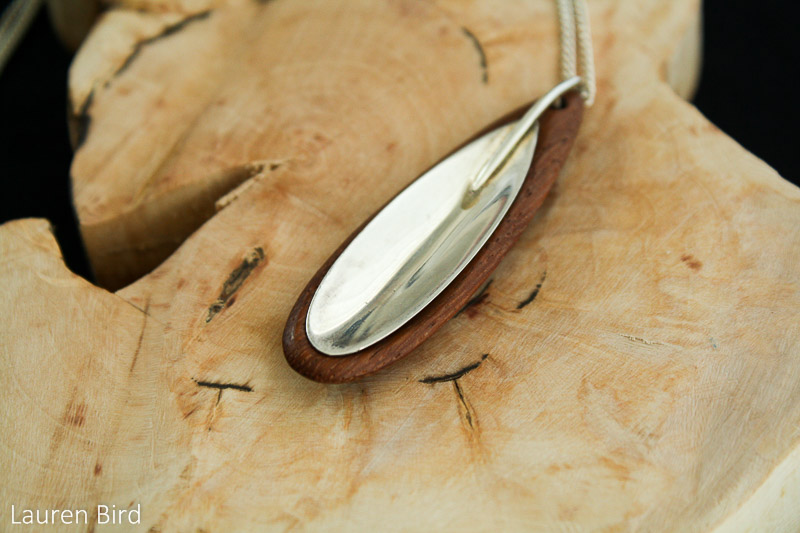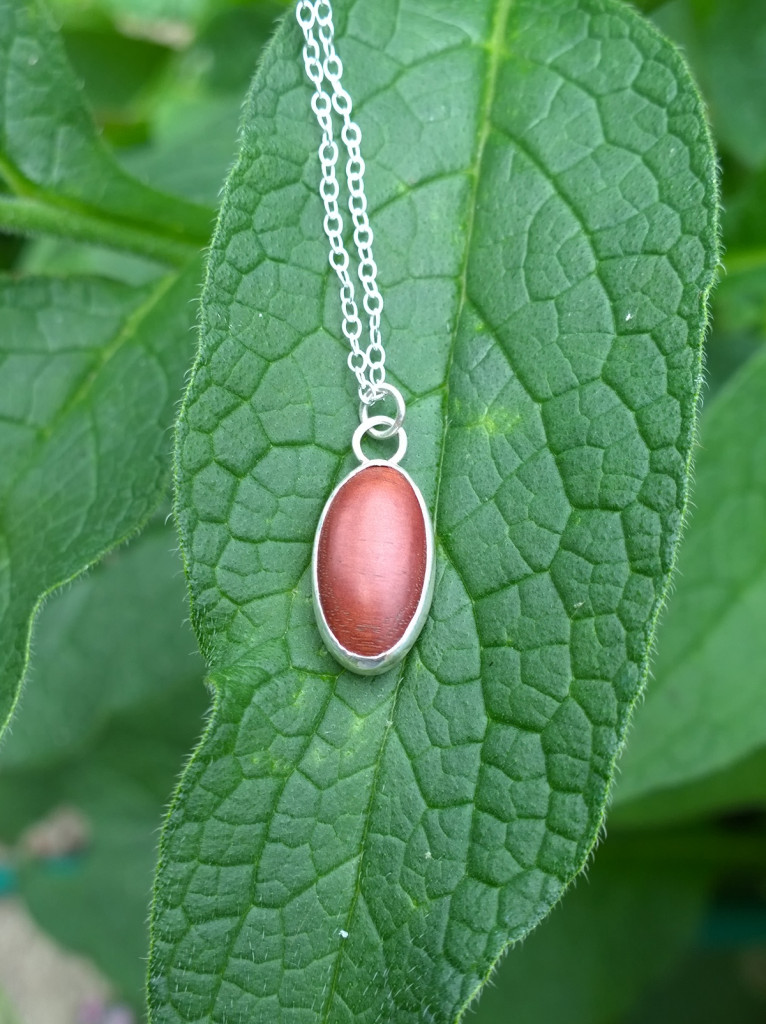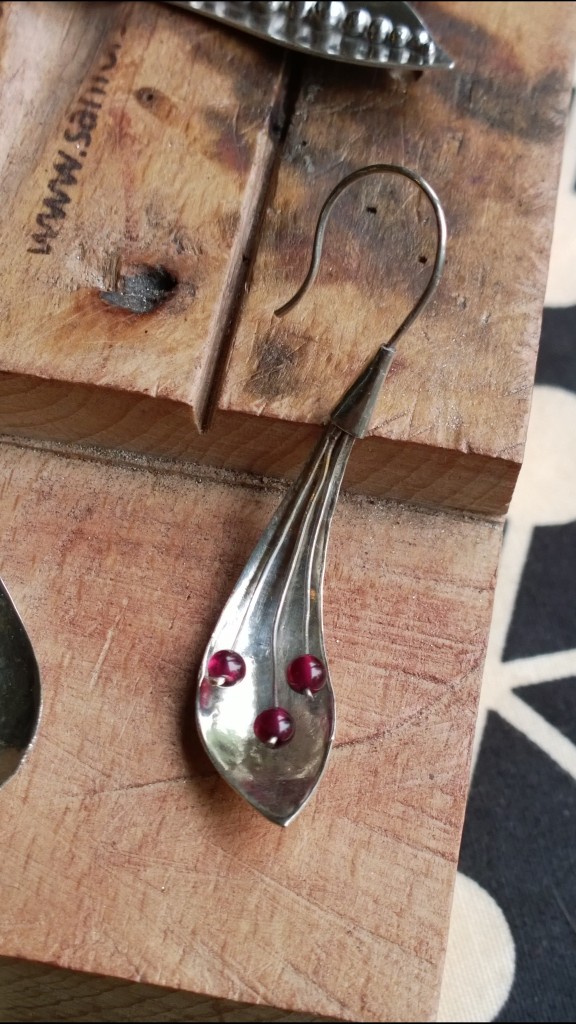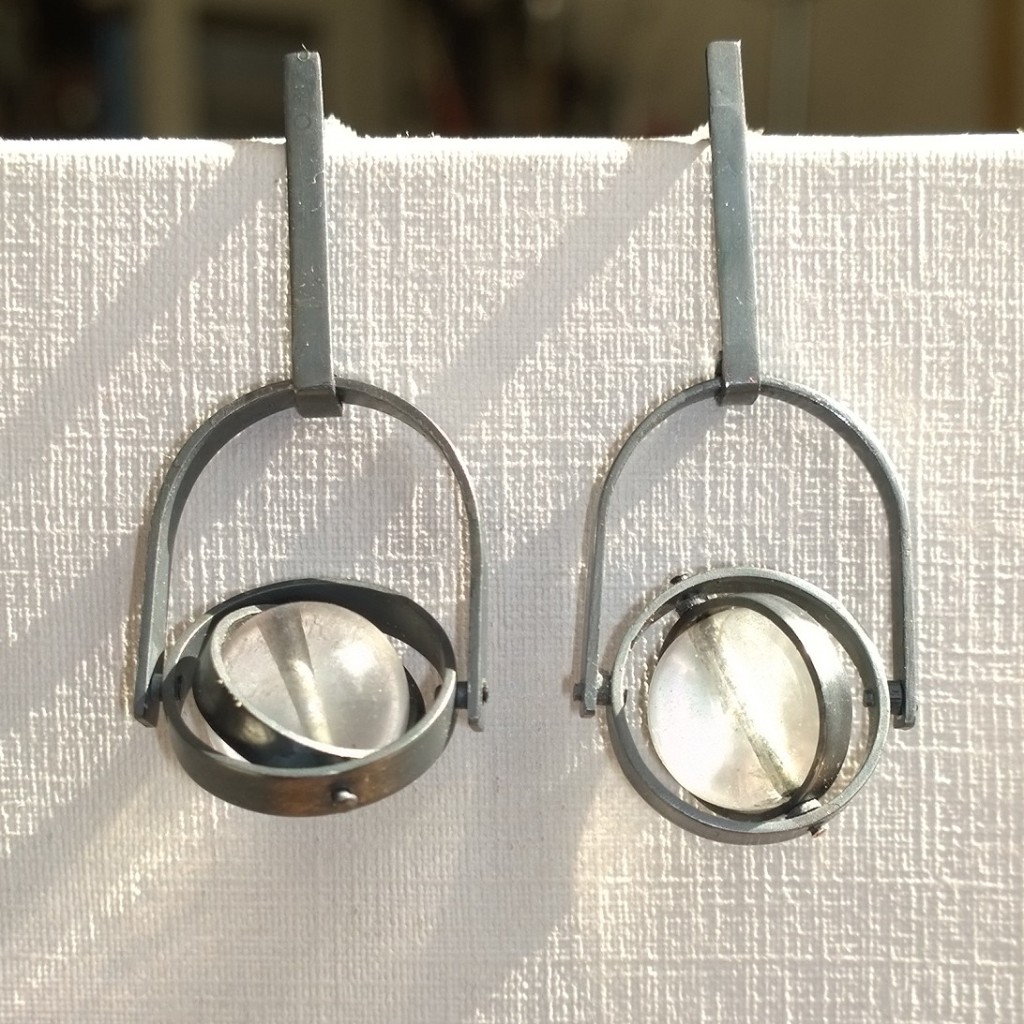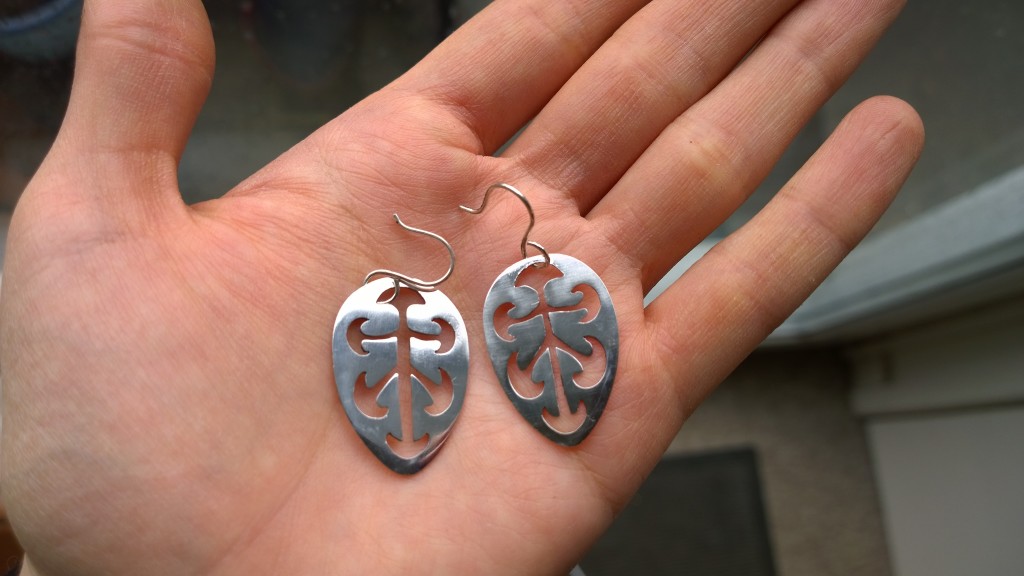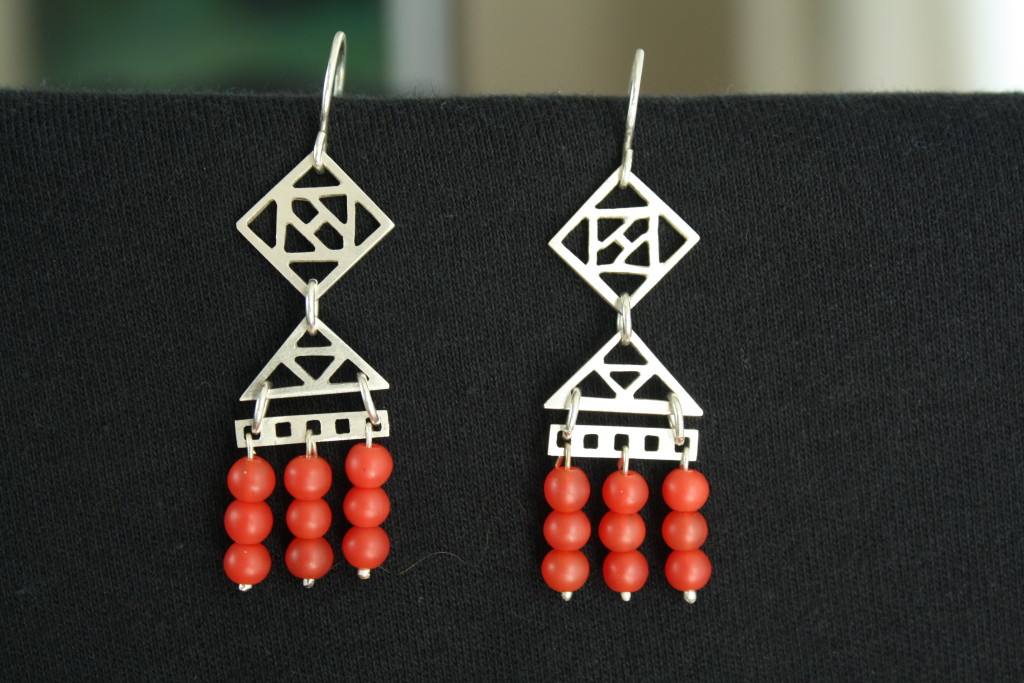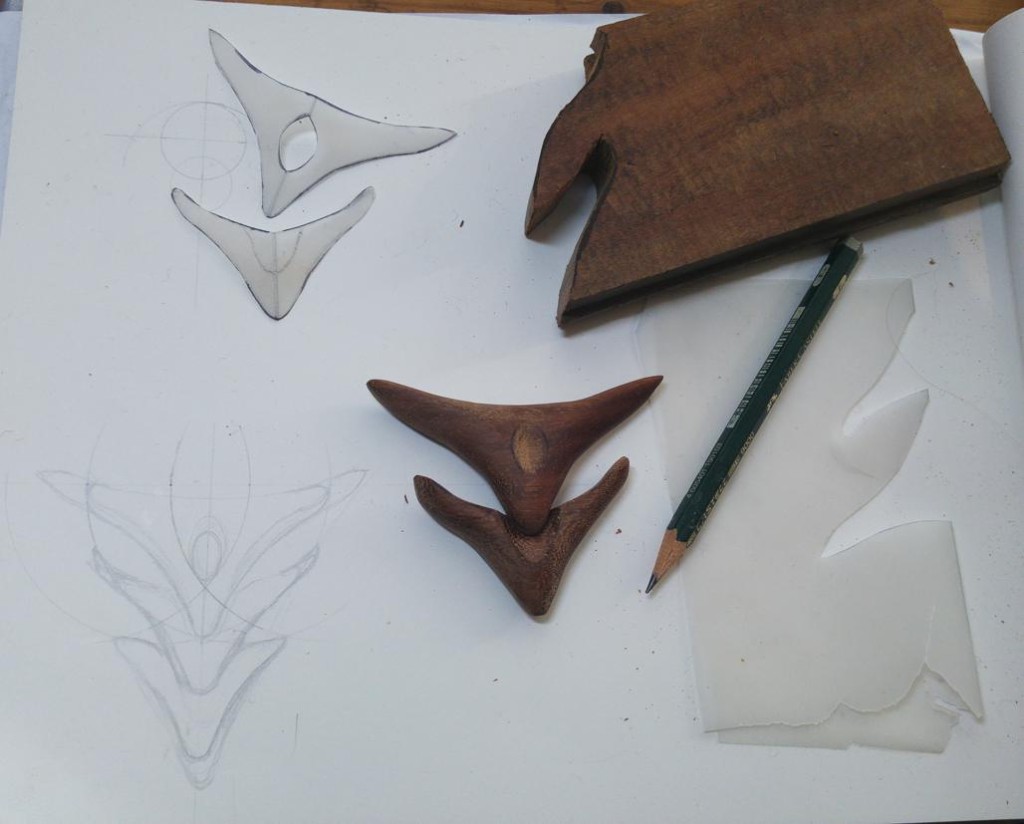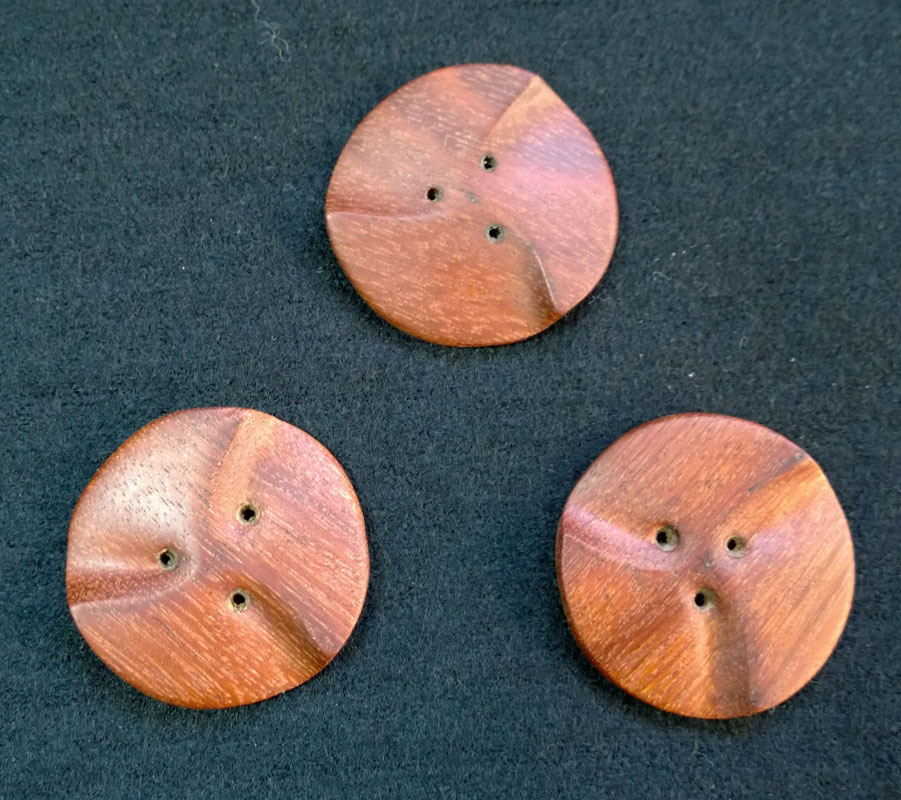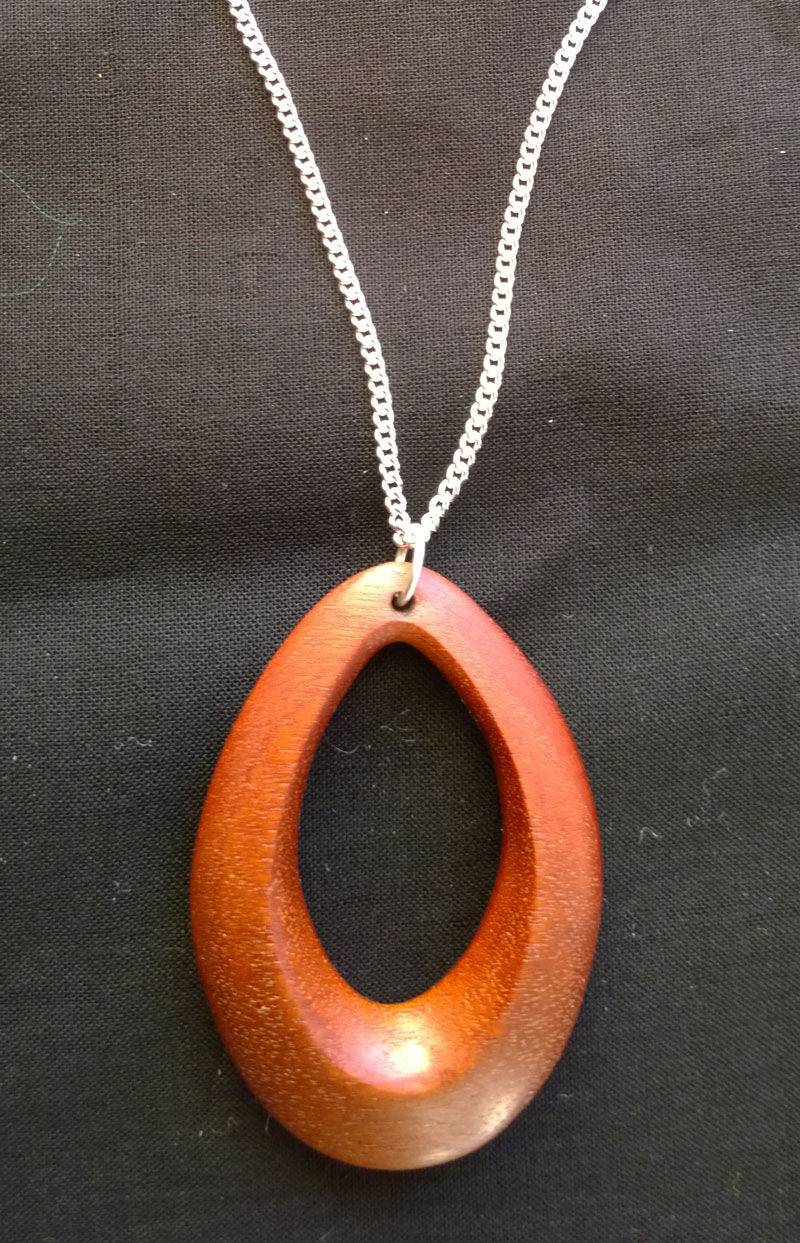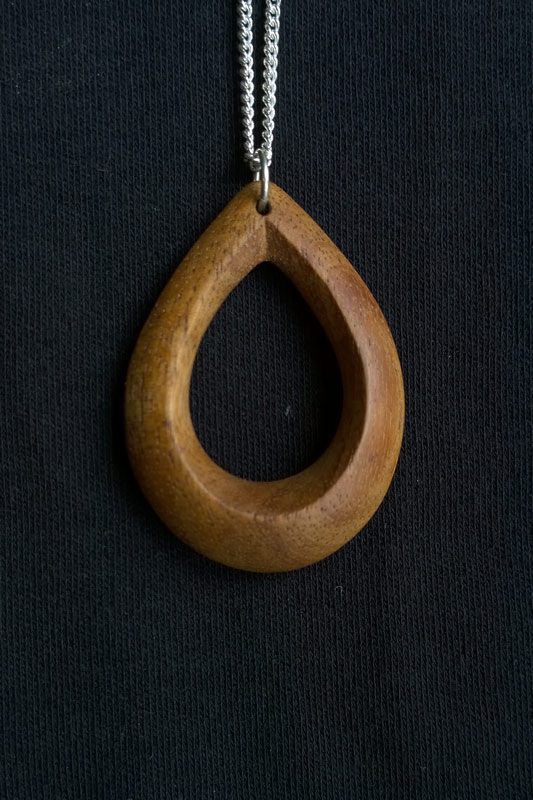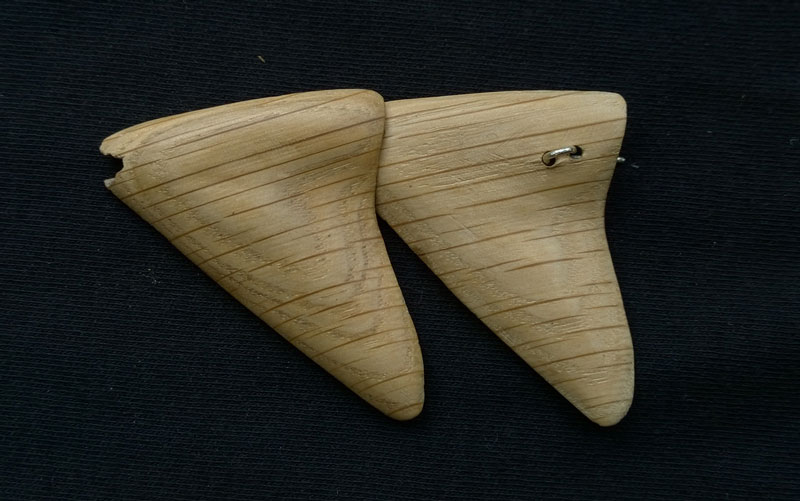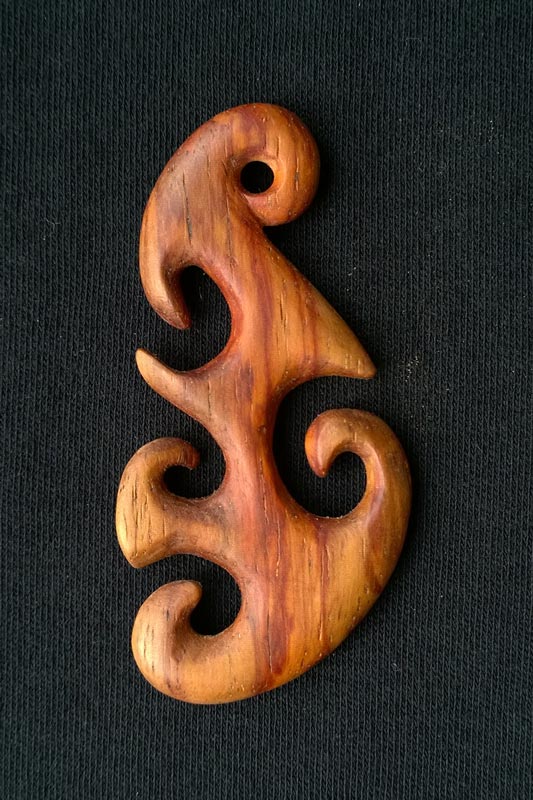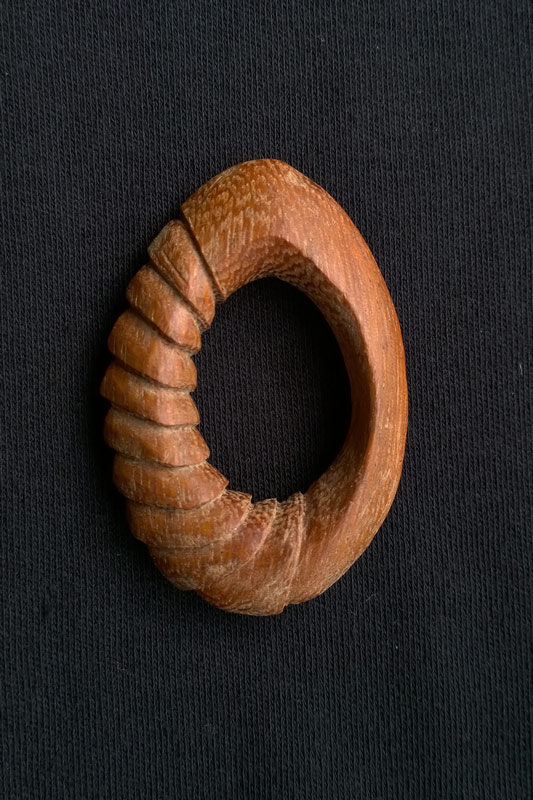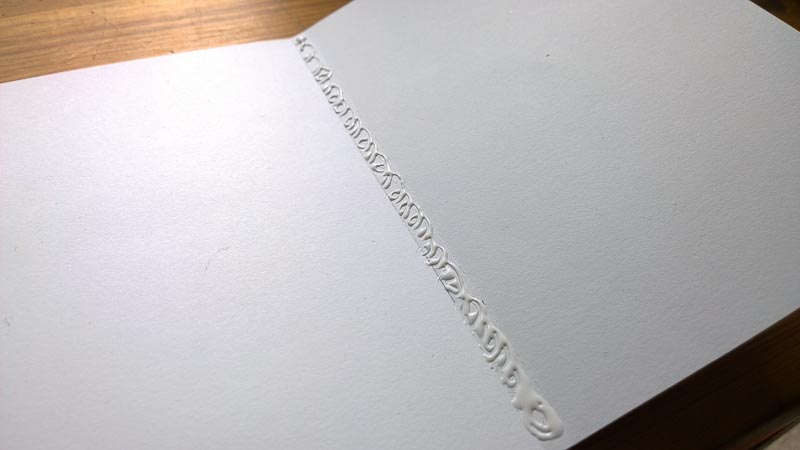The world is full of stuff. There are too many things and yet I really like making things. It’s an issue that I have spent a lot of time thinking about. One of the ways I deal with this is to reuse existing materials when possible. Taking unloved things and turning them into something new is very rewarding.
Here are some tips based on my experiences in reducing, reusing and recycling.
Use every last scrap
A staggering 100,000 million tonnes of clothing is thrown away in the UK each year!
Every scrap is precious. Think before you throw things away. Could the material be re-purposed? Buttons, poppers and zips can be removed and reused.
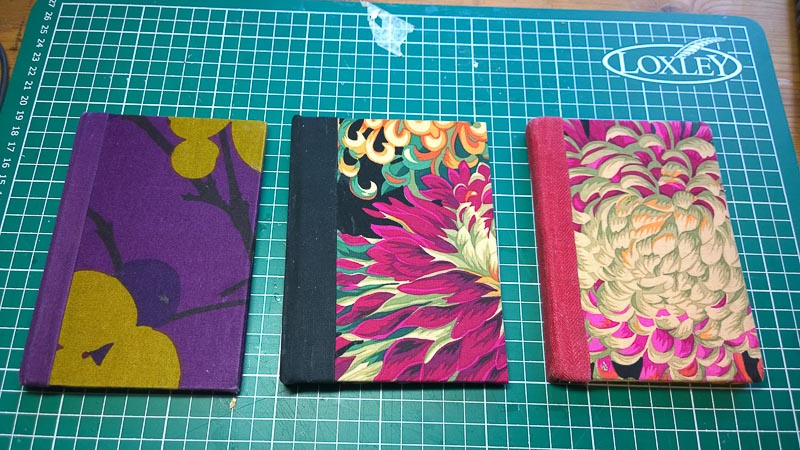
Cotton scraps can be used to make notebooks. It is also a good way to use cardboard from old sketchbooks.
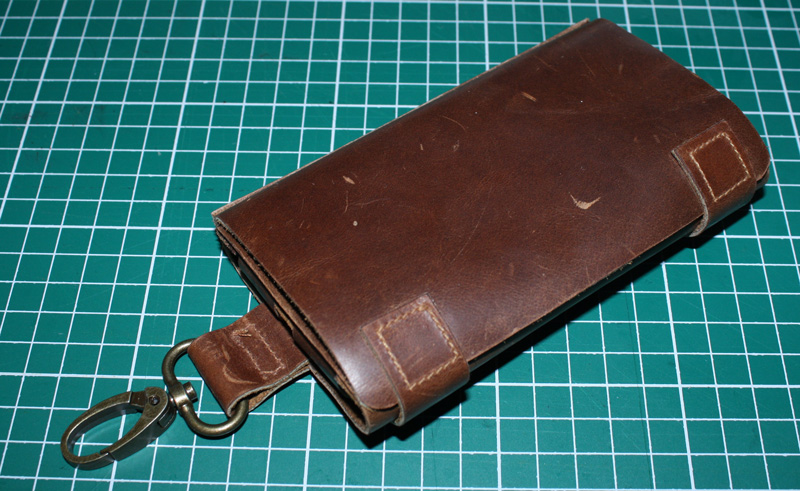
Leather from old boots can be reused. This phone case was made using leather from an old pair of boots.
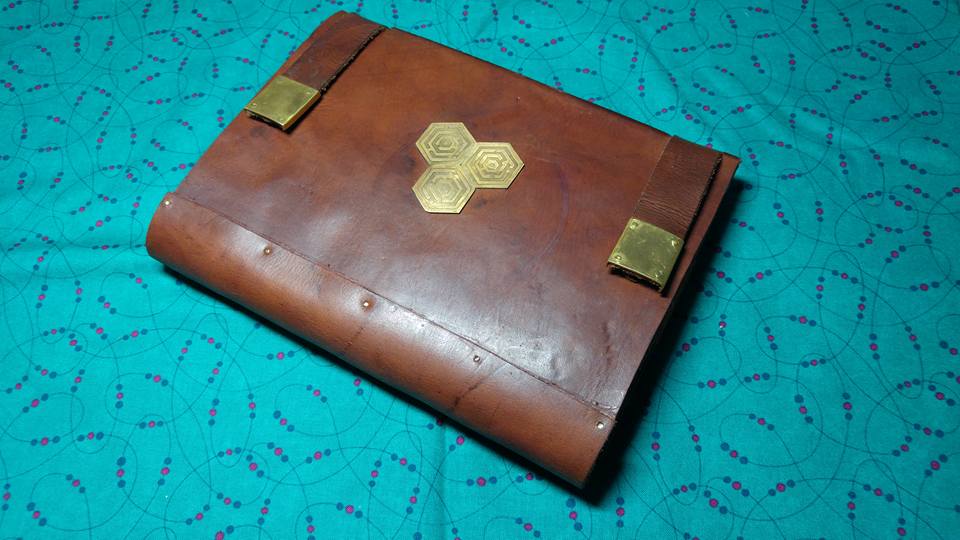
This case was made using leather from an unwanted bag. The leather was too thick to sew so I have riveted it instead.
Make a pattern – If you have a t-shirt or pair of leggings that fit well but are now worn out then unpick the seams and use them to make a sewing pattern for new leggings or t-shirts.
Design to reduce waste
On average, 15% of materials are wasted during the manufacturing of clothing. Using rectangles and triangles in your designs can reduce waste.
Use leftover materials to add pockets and other details.
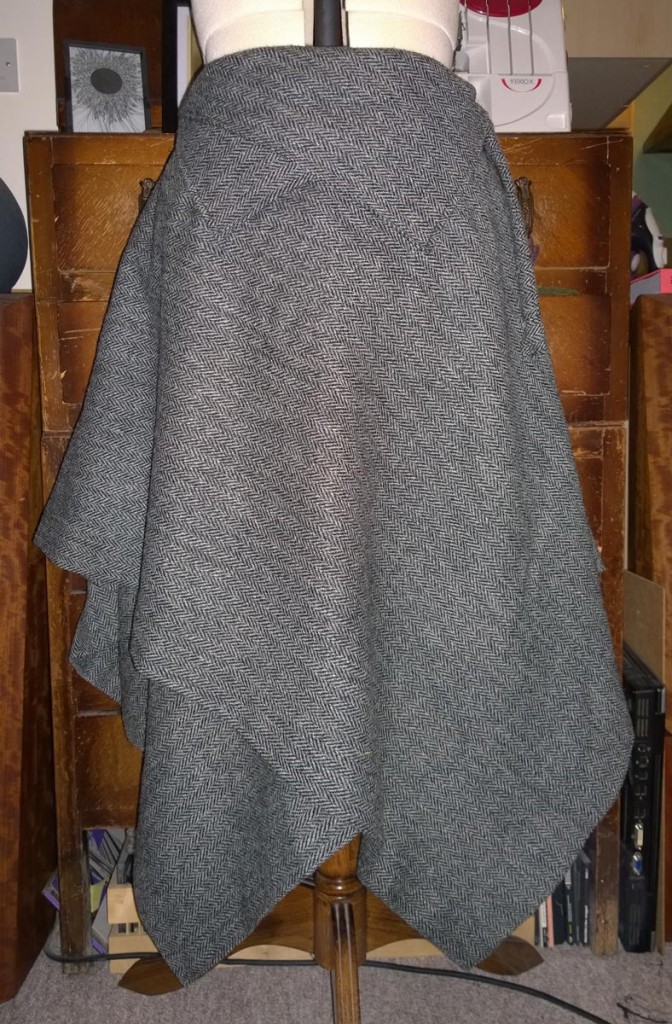
This skirt is made out of overlapping angled rectangles of Harris tweed. The only waste was 4 little triangles from hemming the skirt.
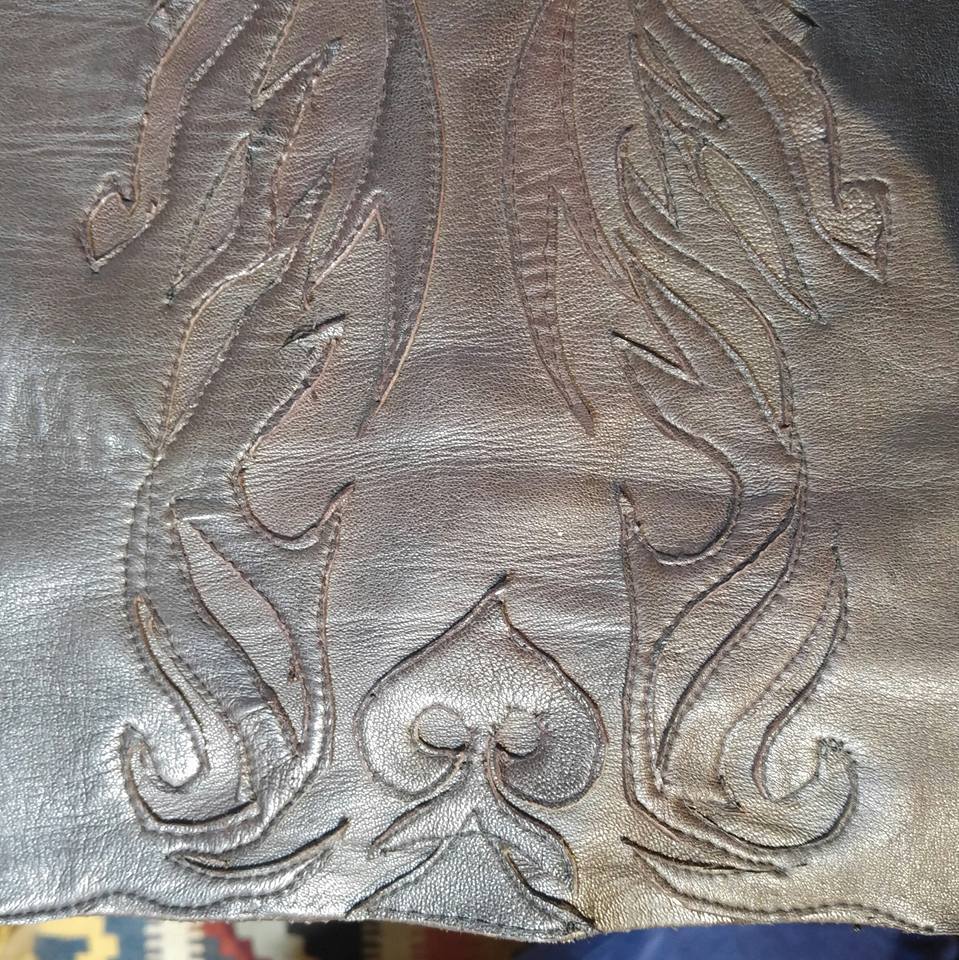
Applique can be used to use leftover material as well as to decorate. This leather skirt was made from a pair of second hand leather trousers. The leftover material was used as decoration and to reduce waste.
Sourcing material
Etsy and Ebay can be used to buy cheap offcuts of expensive materials like silk or leather.
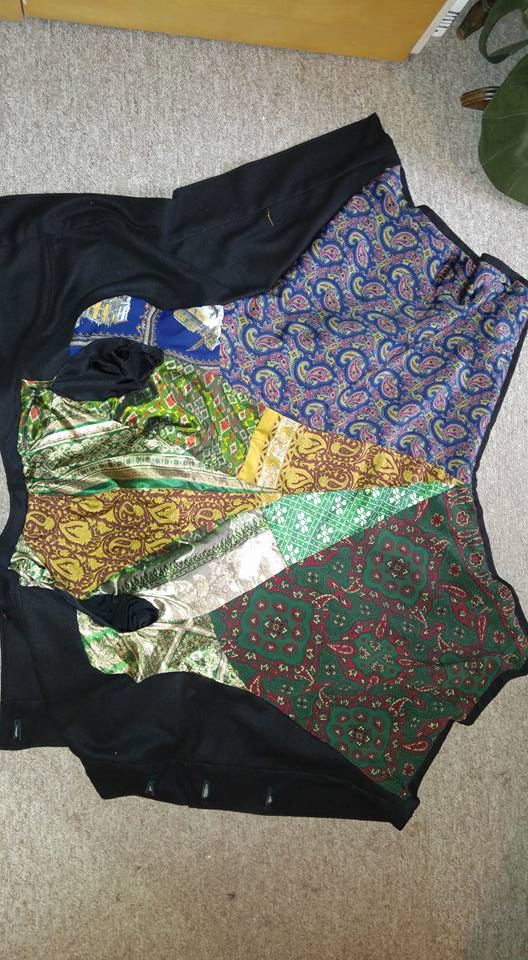
Coat lined using sari off-cuts from Etsy and second hand scarves.
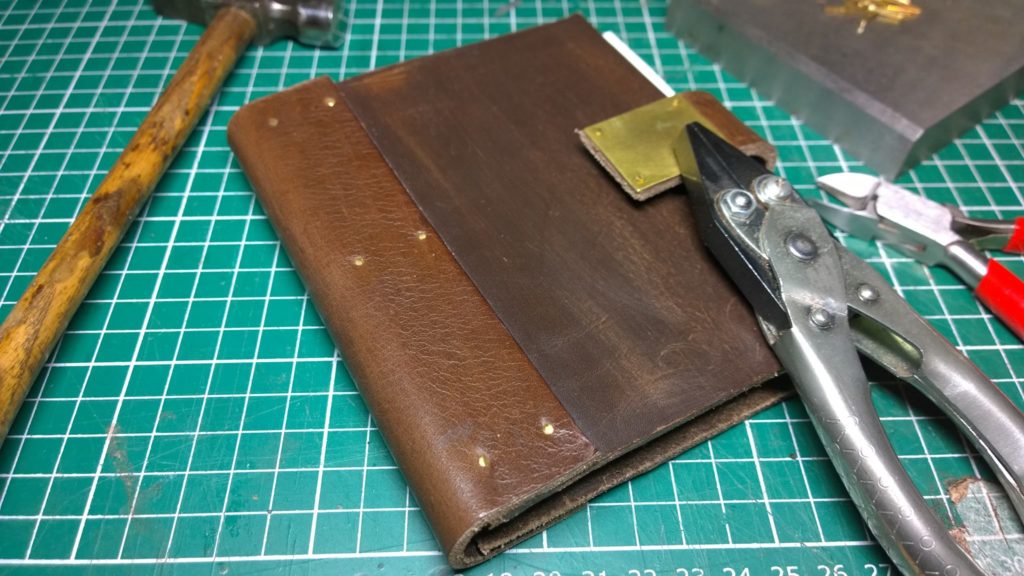
Notebook made from leather offcuts from Ebay. The leather was too thick to sew so I have glued and riveted it instead.
Community wood recycling projects are a good source of interesting materials.
Small pieces of valuable timber can be used to make jewellery.
I have also used wood from timber samples and off-cuts from a musical instrument maker.
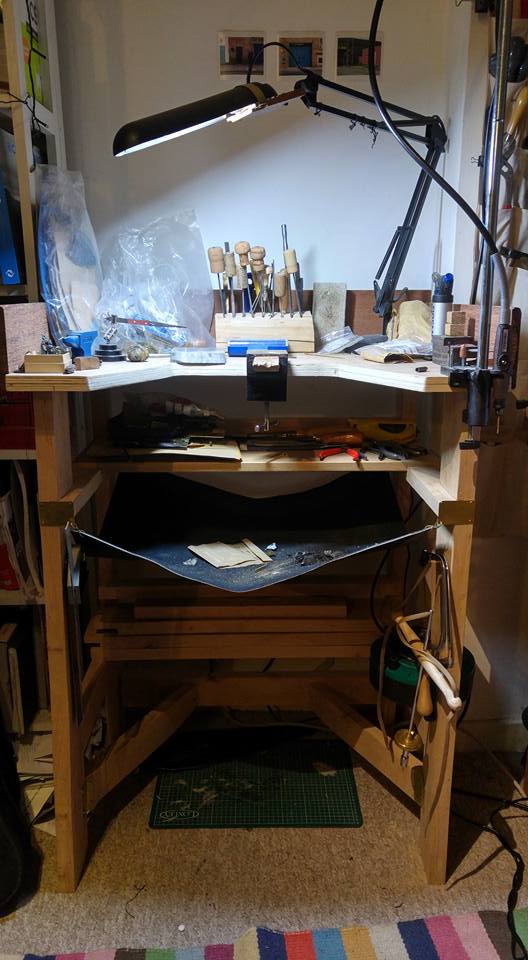
Work bench made using wood from Bristol Wood Recycling Project and wood I was given.
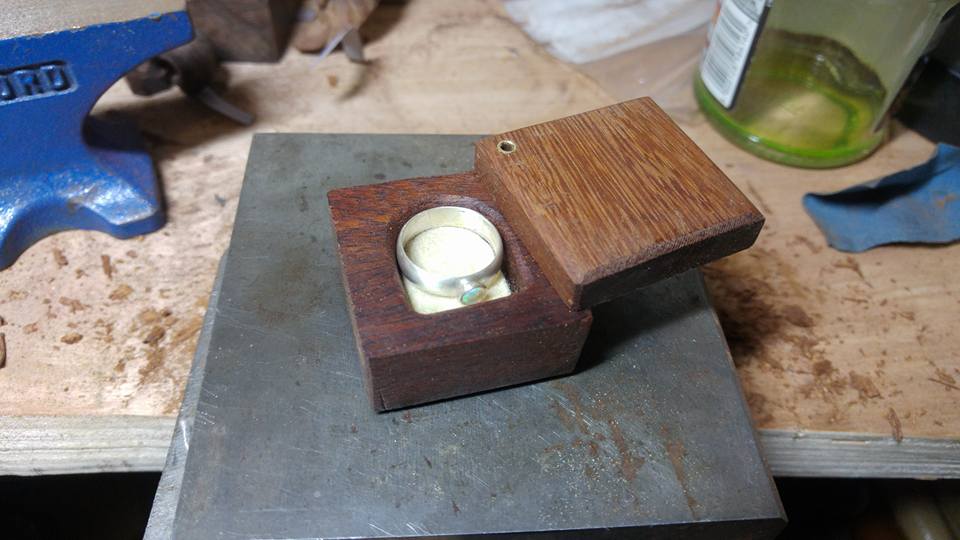
Jewellery box made using reclaimed parquet flooring also from Bristol Wood Recycling Project
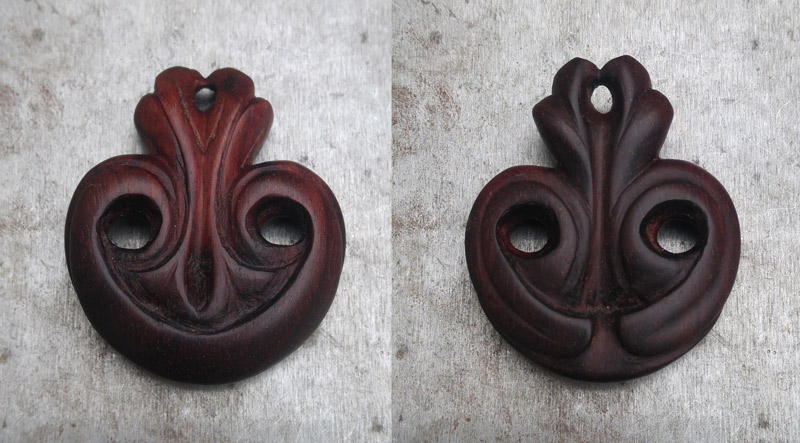
Mpingo wood pendant necklace made from off cuts from a musical instrument maker
Charity shops. Look for quality materials. Don’t look at the item itself but the materials it’s made from and how they are constructed. Could they become something new and interesting.
Army surplus. Old military kit bags are a great source of sturdy hard wearing materials, great for bag making.
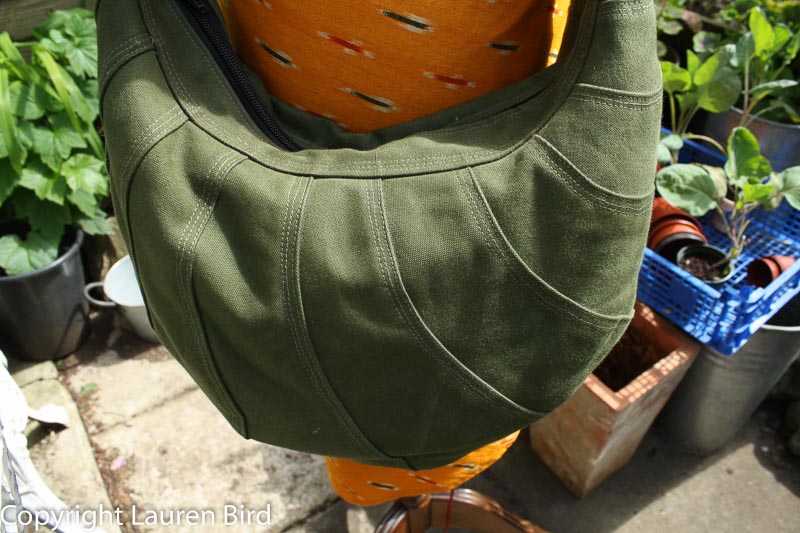
Bag made using fabric and fittings from military kit bags.
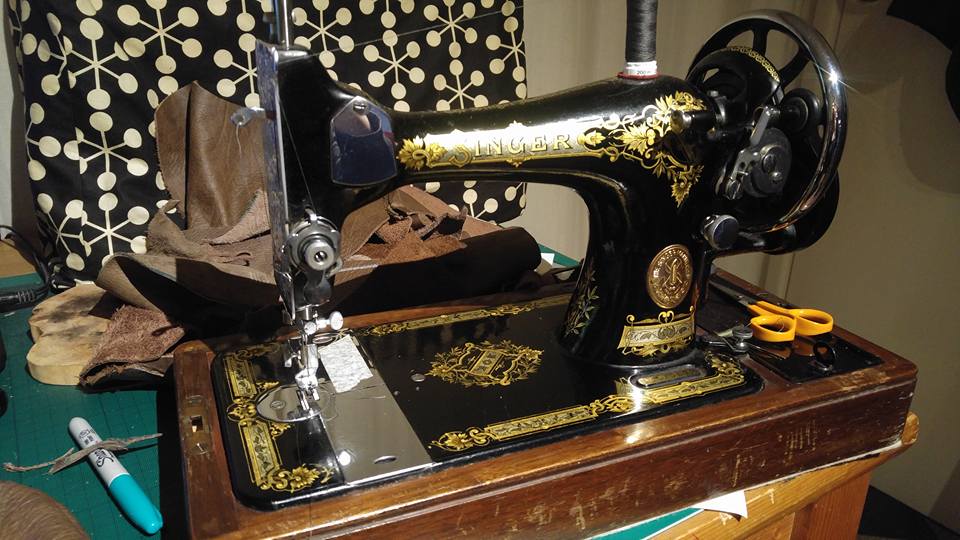
An old Singer sewing machine can be used to sew heavy materials that other sewing machines cannot cope with.
Take inspiration from limitations
Working with pre-owned and waste materials can be more challenging but also more interesting. Pre-owned materials have history. For example, old army kit bags have the names of previous owners written on them. Old fabrics have interesting patinas. New materials are like a blank page. Old materials have lines and shapes you can take inspiration from; fixed points from which to work from.
Good luck and happy making!
Save
Save
Save
Save
Save
Save
Save
Save
